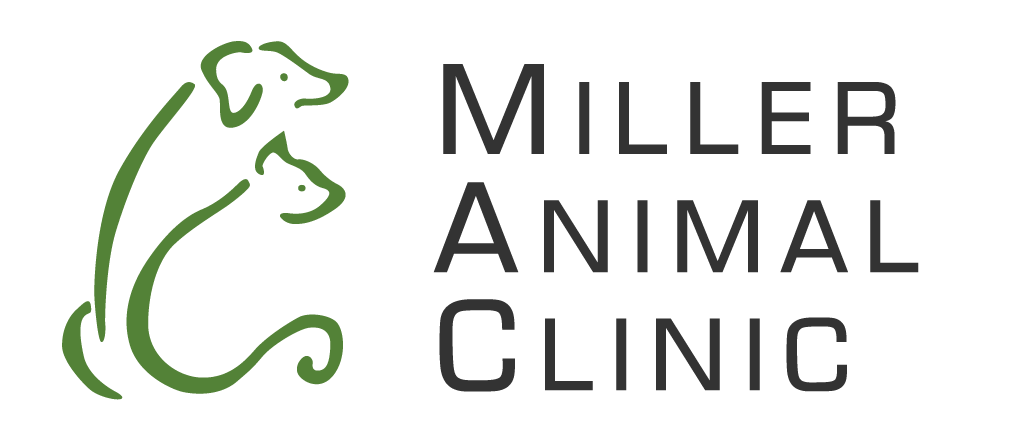It’s estimated that 85 percent of all pets have periodontal disease by the time they are 3 years of age. Periodontal disease is a progressive disease of the supporting tissues surrounding teeth and the main cause of early tooth loss. Taking your pet in for regular dental cleaning can help prevent this.
About Your Pet’s Dental Cleaning
Preanesthetic blood work is ran prior to anesthesia. This bloodwork primarily checks the status of your pet’s kidneys and liver. It also checks your pet’s red blood cells, white blood cells and platelet count. The results of the bloodwork help us tailor the anesthesia to your pet’s individual needs. Oral health is an important factor in your pet’s overall well being. We perform routine check-ups on your pet’s teeth and gums, and we also recommend full cleanings once a year. This allows us to closely examine your pet’s mouth, check for lesions or abnormalities, remove tartar and plaque, and polish their teeth.
To perform the dental cleaning your pet will be put under anesthesia to prevent them from moving around and to allow the doctor to perform a full examination and cleaning. We make sure that your pet is comfortable and perfectly safe during the entire process. While your pet is under the doctor examines the mouth, gums, tongue, cheeks, and teeth. This can reveal any cases of lesions, gum disease, tooth decay, or other problems. When these are discovered, they can usually be handled during the treatment. After examining the mouth the doctor will complete a full cleaning of the teeth and polish them thoroughly to give your pet a healthy, attractive set of teeth.
After the anesthesia wears off your pet is usually back to their normal self within minutes. Call us today to schedule a dental cleaning for your pet.
Frequently Asked Questions about Dental Health:
How should I care for my pets’ teeth?
The best way to properly care for your pet’s oral hygiene is to brush their teeth daily. Just like us, our pets develop plaque on their teeth which, if not removed, can lead to oral health problems. There are bones and special treats that can help promote oral health, but the best way to clean your pet’s teeth is by brushing them. It may take some time for your dog or cat to get used to the idea of having their teeth brushed, but they can be eased into it. You can start by letting them taste the toothpaste from your finger. There are special veterinary toothpastes made in flavors like chicken that appeal to animals. Once they get used to the toothpaste you can begin by brushing 1-2 teeth to introduce them to the sensation. After a few cleanings your pet will probably start to enjoy the brushing and will be happy to let you do it. Along with the special toothpaste a special toothbrush should be used with soft bristles and a long handle so you can reach the teeth in the back of your pet’s mouth.
What are some common dental problems in pets?
A high percentage of cats and dogs will experience periodontal disease during their lives, and the risk increases as they get older. Periodontal disease affects the gum and supporting structures of the teeth. Left untreated, periodontal disease can lead to tooth loss and bone loss in the jaw. Periodontal disease is also related to other health issues, such as heart disease. It is important to have regularly scheduled teeth and gum cleanings for your pet.
What causes my pet’s bad breath?
Many people think that it is normal for a dog to have bad breath, but that is not the case. Bad breath is caused by bacteria in the mouth that create byproducts that contain sulfur. Regular home cleanings accompanied with scheduled professional cleanings will help to prevent bad breath and the bacteria that cause it.

